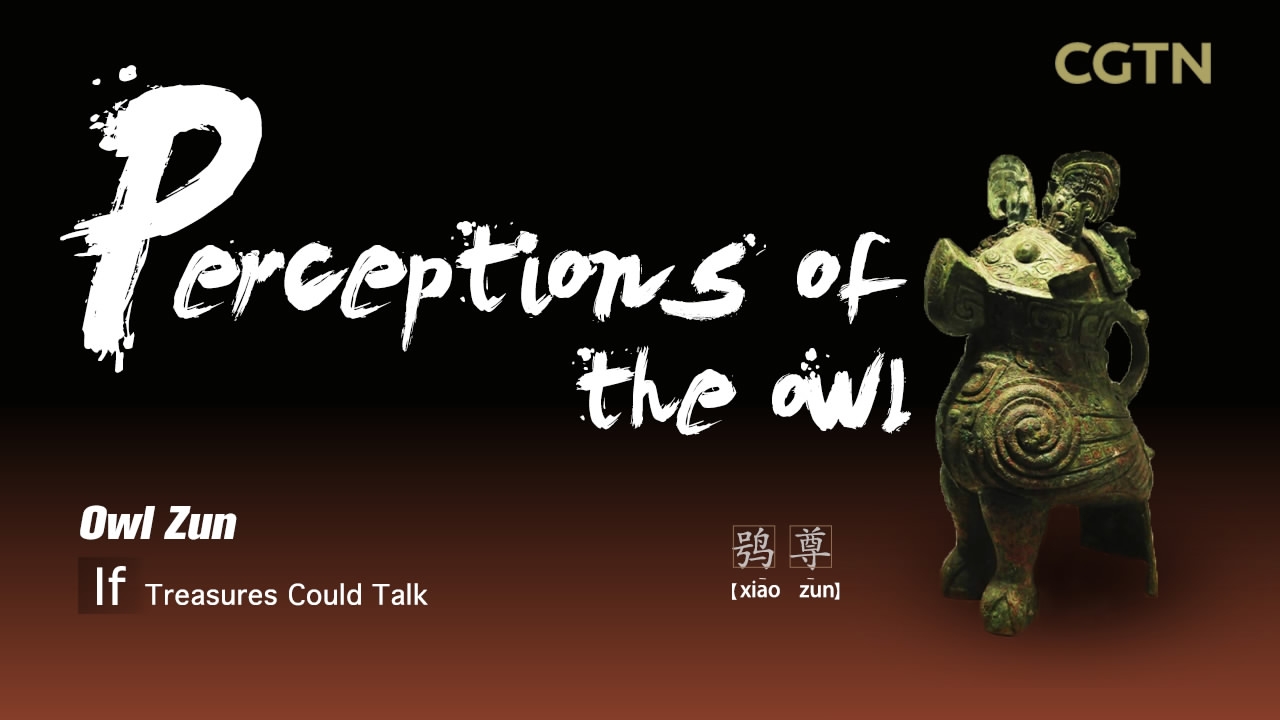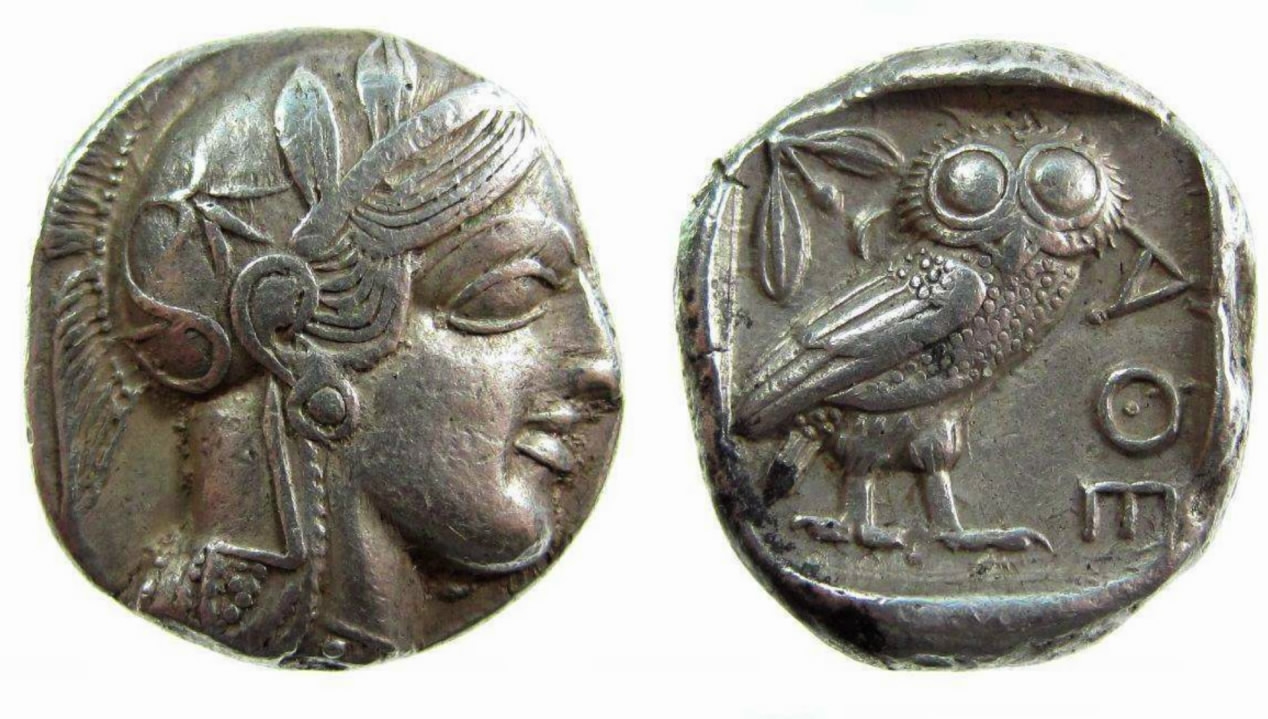
Culture
21:40, 16-Apr-2018
If Treasures Could Talk: What secrets could the Owl Zun reveal?
By Special Feature and Documentary Programming & Culture Express

Episode 12 in CGTN’s special "If Treasures Could Talk" series features a zun in the shape of an owl. The head is slightly raised and the wings are folded. The tail serves as a third supporting leg. At half a meter tall, it's an impressive object.
A zun is an ancient wine vessel often used in rituals. The owl zun was discovered in the tomb of the Shang Dynasty queen, Fu Hao, who lived over 3,000 years ago. As the wife of King Wu Ding, she was remarkable for her time, in that she not only participated in major affairs of the state, but also led armies into battle and presided over religious ceremonies.
To the Shang people, the owl was a sacred bird, depicted not only in bronze sacrificial vessels, but also in stone. Sometimes fierce, sometimes with exaggerated features, owls were invariably imbued with an aura of pride and nobility.

Athena, the Greek goddess of wisdom, is often represented by an owl. /CGTN Photo
Athena, the Greek goddess of wisdom, is often represented by an owl. /CGTN Photo
Some experts believe the Shang owl was a war god. Others think it was a symbol of power and position. What we know for certain is that there was a belief among the Shang people that they were descended from a "black bird". Naturally, there is speculation that this "black bird" could have been an owl.
Owls have been revered in other cultures, too. Athena, the Greek goddess of wisdom, was often represented by an owl.
The owl was a common motif in ancient China, even before the Shang Dynasty. Yet for 3,000 years after the fall of Shang, owls were rarely depicted. In fact, they were regarded as bringers of bad fortune. The Eastern-Han-dynasty poet Jia Yi wrote: "Oh! Oh! The time is inauspicious. The luan and the phoenix hide, yet the owl soars on high." From god to being the harbinger of doom, perhaps no other creature has experienced such extremes in how it is perceived.

SITEMAP
Copyright © 2018 CGTN. Beijing ICP prepared NO.16065310-3
Copyright © 2018 CGTN. Beijing ICP prepared NO.16065310-3